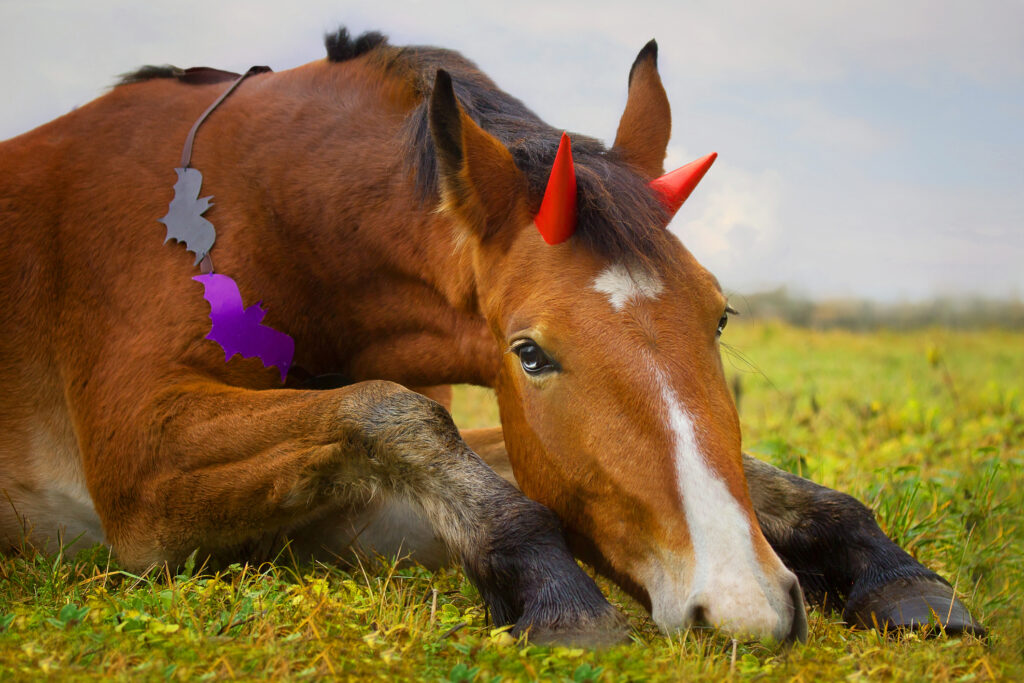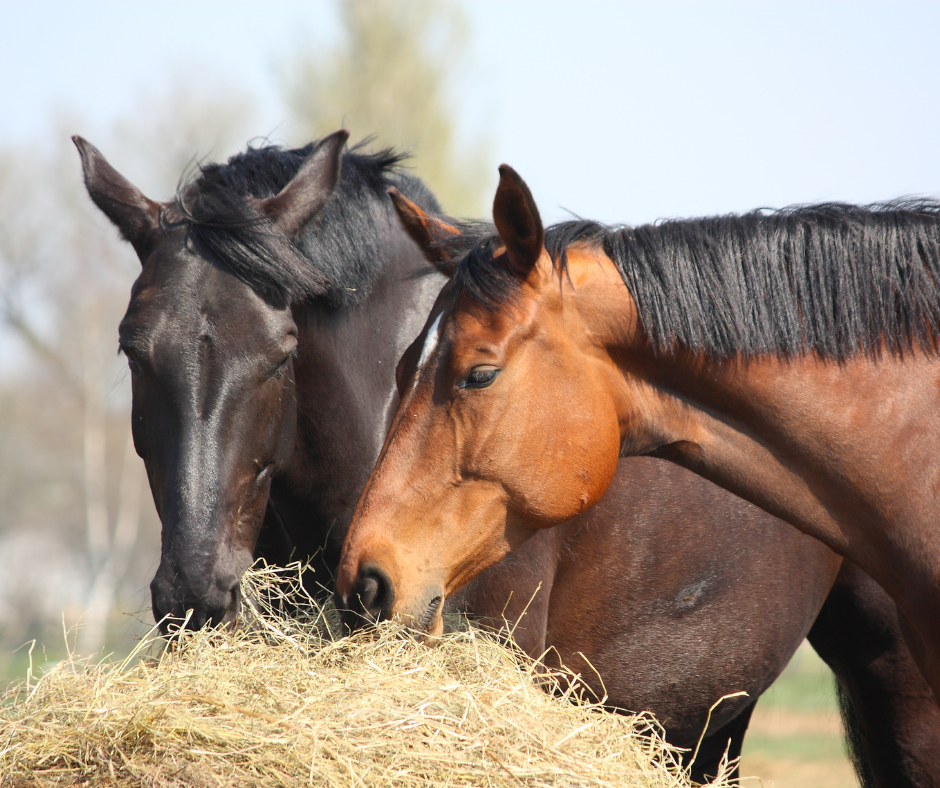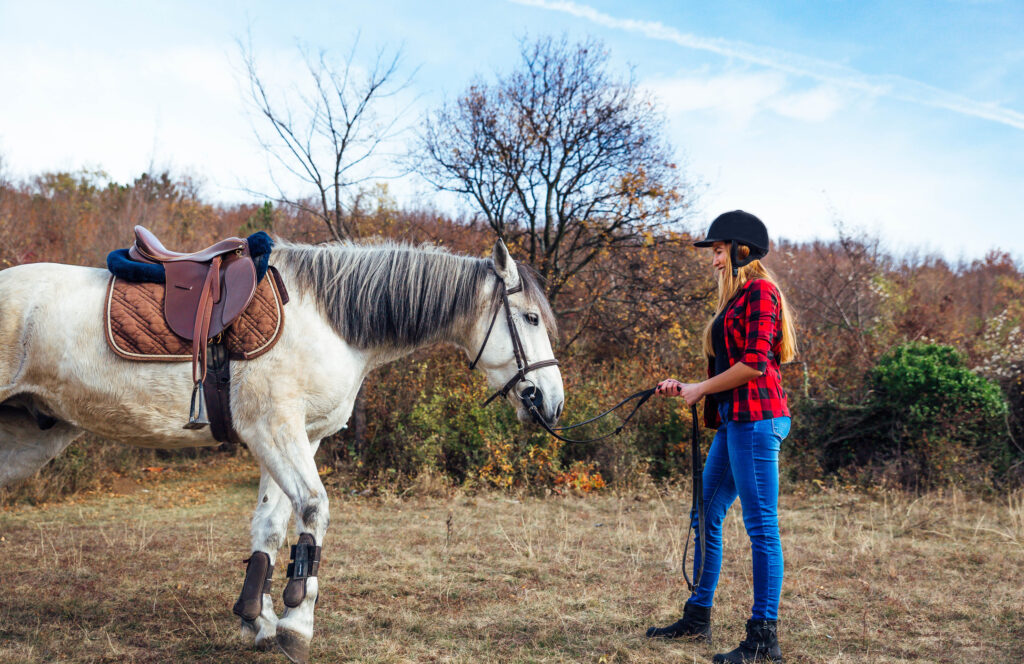Moving is difficult, especially for our Equine friends. Whether you are bringing a new horse into your stables, moving to a new yard, or building a new home for your horses, knowing how to settle your horse into the new surroundings is going to make everyone less stressed and prevent any illness that could result from the move.
There are a few things to consider when moving your horse. Transport, dehydration and changes in management, particularly changes in forage and feed, are major risk factors for the development of gastrointestinal disturbance and colic. The key to keeping everyone stress free is to be prepared for the move, to stay as organised as possible and keep your routine as close to normal as possible.
Preparing the new home
This probably goes without saying, but you want to have the new stable or barn ready for your new horse when you move them in. Bed down the stall and make sure all hay nets and water is ready. Make sure all headcollars, rugs and grooming kits are ready and have been cleaned to reduce the spread of any disease.
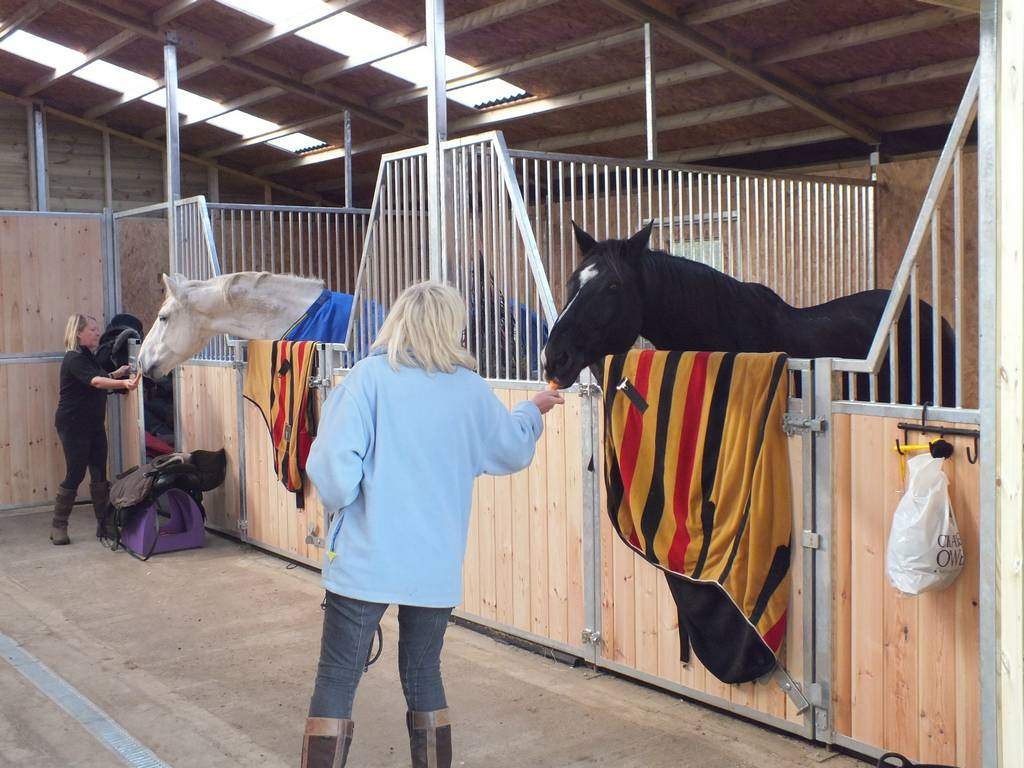
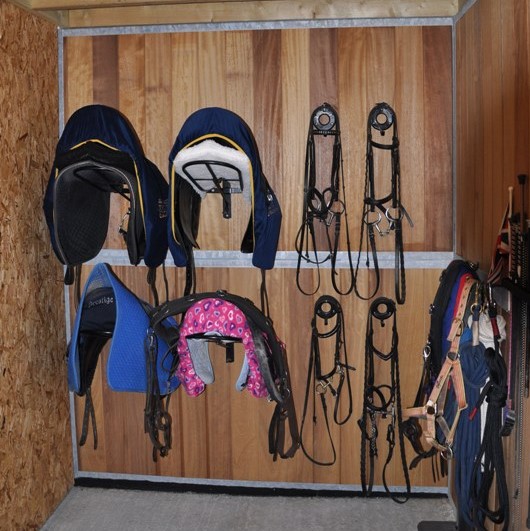
Moving in
Even if you’re just moving them into a new building, you may notice a change in behaviour from your horse. Help them get settled by walking around the new building on a loose rope and allow them to investigate at their own pace.
Make sure they are drinking enough water to reduce the risk of dehydration and colic by providing large troughs with fresh water. If you have new automatic water dispensers and your horse isn’t used to them, they may not drink at first, so it is important to keep an eye on this.
To reduce the risk of stress and to help them settle in after the move, it’s a good idea wait at least two weeks before doing anything stressful to them, such as; intensive exercise, worming, vaccination, dental treatments, trimming, meeting new horses, continuous hot sun (provide shelter), flies in their eyes (provide fly masks).
Things to keep an eye on after moving in:
- Your horses’ gums: normal, healthy gum colour is pink – not too dark or too light. If the gums are very pale pink or even white, this could mean your horse is dehydrated.
- Your horse’s behaviour: Your horse is most likely going to be off balance in a new home, but if changes in behaviour are combined with reduced feed and water intake or high temperatures, this could be signs of illness and should seek your vet’s advice.
Things to remember:
- Always introduce any change to routine gradually (especially hay/grass)
- Make sure your horse is never alone through changes so they can retain their herd mentality
- Talk to your vet for advice if you’re thinking about changing his riding routine
- Try to keep them occupied during the move
- If the new home requires changes to your old routine, establish a new routine quickly.
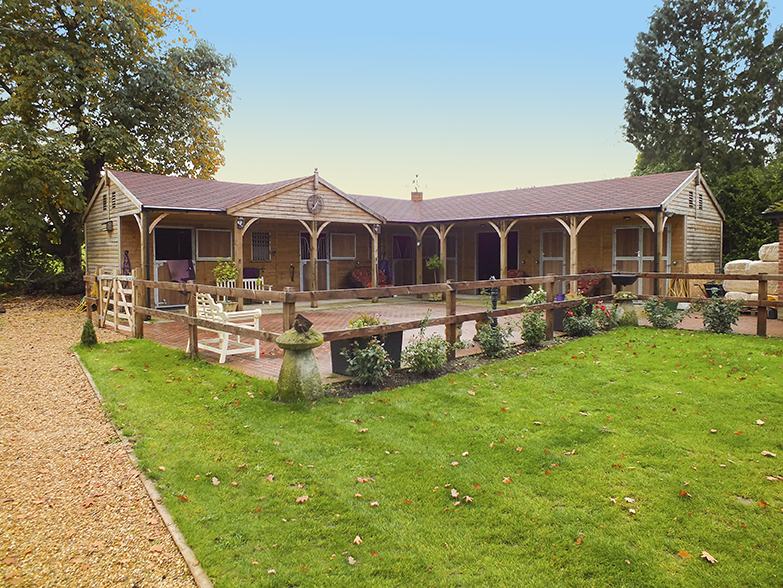
In Summary
Any change to a horse’s routine can cause stress that increases the risk of certain problems like colic, respiratory disease, and tying-up. Letting your horse explore their new home at their own pace will help them feel comfortable in the new surroundings. Paying attention to your horses’ behaviour, specifically what we have listed above, will allow you to identify any warning signs of illness. Routine is key to a stress-free move – try to keep it as close to your old routine as possible and if changes are inevitable in your new home, establish the new routine quickly!
